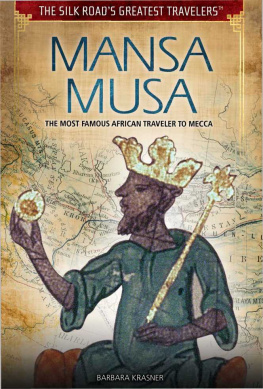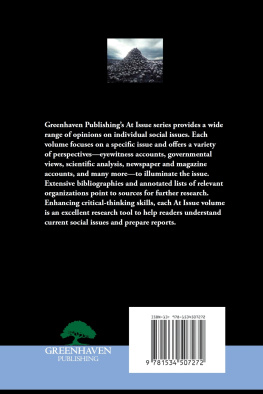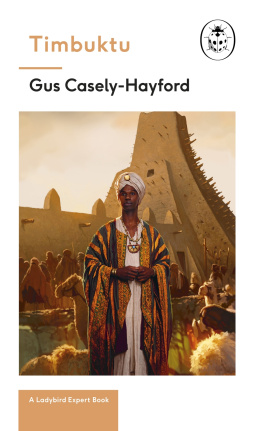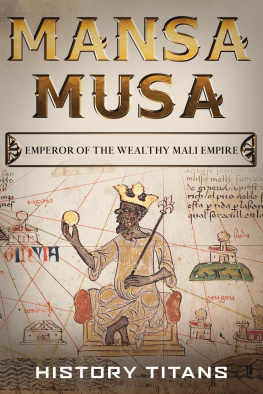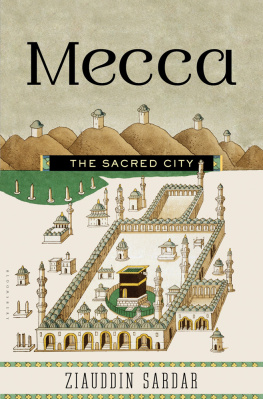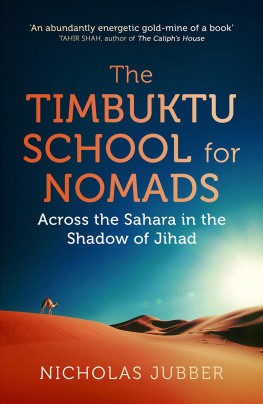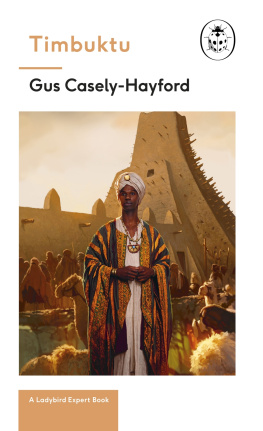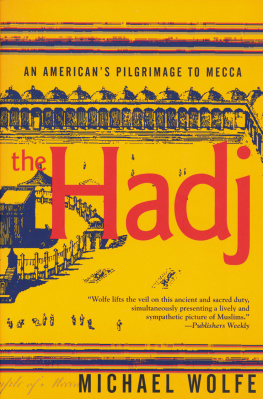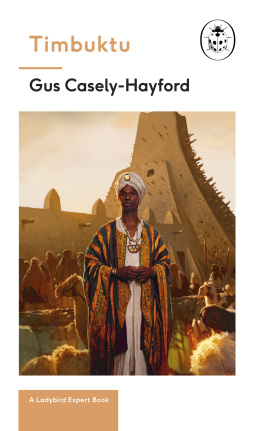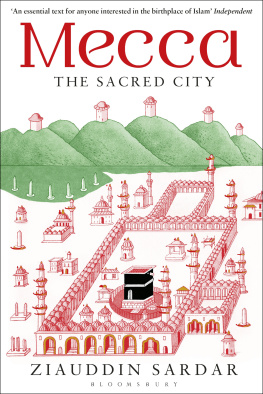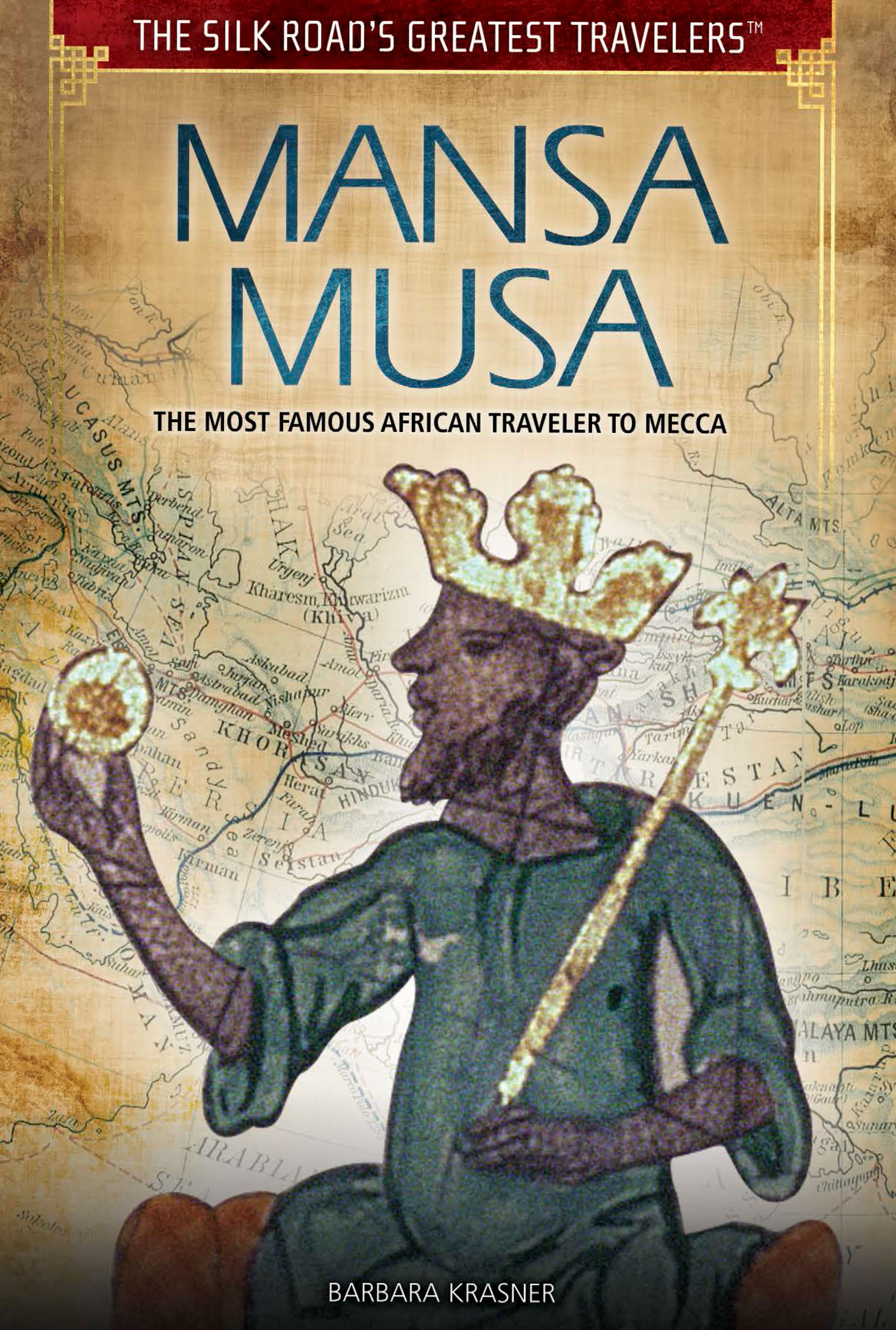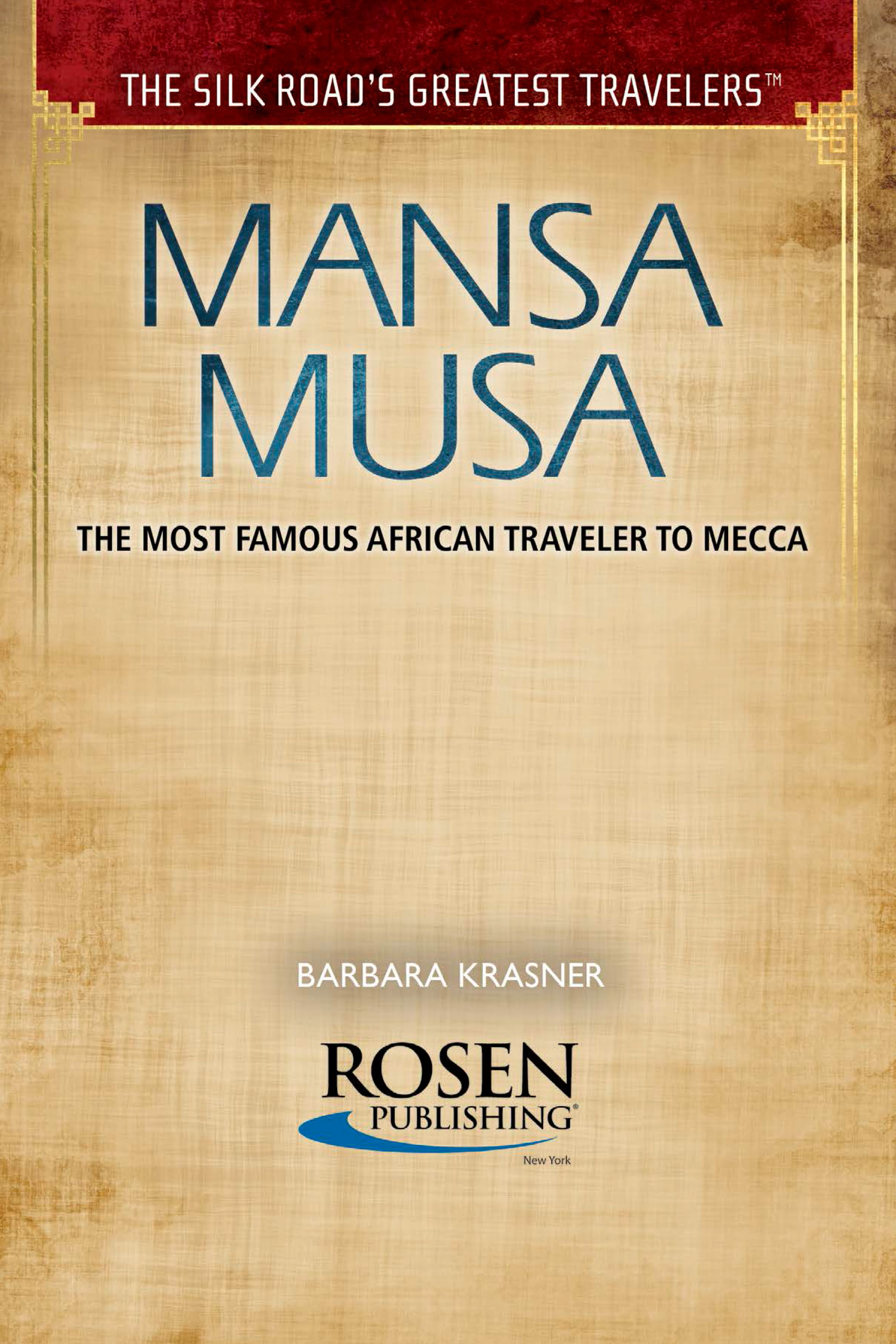Published in 2017 by The Rosen Publishing Group, Inc.
29 East 21st Street, New York, NY 10010
Copyright 2017 by The Rosen Publishing Group, Inc.
First Edition
All rights reserved. No part of this book may be reproduced in any form without permission in writing from the publisher, except by a reviewer.
Library of Congress Cataloging-in-Publication Data
Names: Krasner, Barbara, author.
Title: Mansa Musa : the most famous African traveler to Mecca / Barbara Krasner.
Description: New York : Rosen Publishing, [2017] | Series: The Silk Road's greatest travelers | Includes bibliographical references and index.
Identifiers: LCCN 2015047935 | ISBN 9781508171515 (library bound) Subjects: LCSH: Musa, Sultan of Mali, active 1324Juvenile literature.
| Muslim pilgrims and pilgrimagesAfricaJuvenile literature. | Mali (Empire)Kings and rulersBiographyJuvenile literature. Classification: LCC DT532.2.M87 K73 2015 | DDC 966.2/017092dc23
LC record available at http://lccn.loc.gov/2015047935
Manufactured in China
CHAPTER ONE
CHAPTER TWO
CHAPTER THREE
CHAPTER FOUR
CHAPTER FIVE
CHAPTER SIX
CHAPTER SEVEN
S ince the time of the pharaohs, Africa has represented a land of riches that has attracted explorers, conquerors, and various other interlopers. Competition for this wealthespecially the thriving sub-Saharan gold trade that began in the fourth or fifth centurywas often fierce. Between the ninth and sixteenth centuries, three kingdoms in the western Sudan, whose growth was nurtured in large part by the gold and salt trades, ultimately came to dominate these trades. In time, these kingdoms each evolved into a great empire. Thus arose the Ghana, Mali, and Songhay empires.
Ghana, the kingdom of gold, most likely originated in the seventh century. By the ninth century, it had developed into an empire northwest of the present country of Ghana. It occupied the land now occupied by Senegal and southern Mauritania. The empires wealth was based on gold and gold trade. When new goldfields emerged to the east, Ghana lost its trade. In the thirteenth century, Ghana also became the target of attacks from invaders. Mali had been a subservient kingdom, and its king served as a councilor to Ghanas king. When the kingdom of Ghana fell, Mali rose to power.

The empire of Mali probably originated in the tenth century and began to flourish around the thirteenth. In the course of its three hundred or so years of prominence, various individuals came to power. However, two of Malis rulers, both black Muslims, are especially notable. In 1230 or so, Sundiata, an exiled Malinke prince, returned to his people at their request and achieved victory over the Sosso people, who had oppressed the people of Mali. He brought the various Malinke chiefdoms together under single rule. Eventually, Malis size grew to nearly 500,000 square miles (1.3 million square kilometers).
Sundiata established the foundations of the Mali Empire, but it was a later successor who would cause the name Mali to reach far and wide. More than fifty years after Sundiatas reign, his brothers grandson succeeded him to the throne in 1312. Musa I, known as Mansa Musa (Mansa means king of kings), would be known as the richest and most noble king in all the land, richer than a billionaire in todays world.
While a Mali king long before him had converted to Islam, it was Mansa Musa who gave Mali an Islamic outlook and universal fame. When Mansa Musa undertook his famed pilgrimage to Mecca in 1324, traversing parts of the routes that once made up the trading routes of the storied Silk Road, tales of his wealth reached several Arab travelers, who recorded what they heard.
Over the course of his journey, Mansa Musa visited new places and met new people. Although his enormous generosity and lavish spending devastated the economy of Cairo, Egypt, and forced him to borrow, he remained widely beloved. In Mali, he became a favorite of Muslim writers, who inscribed what they heard and recorded the oral traditions that were so important in Mali. They are largely responsible for what we know of him today.
On his return journey to Mali, Mansa Musa visited Timbuktu and Gao. After acquiring these cities for his empire, he developed them into bustling centers of trade and culture and brought Islamic architecture and learning to his broader empire.
Countries benefit from strong leadership such as Mansa Musas. But weaker leaders ascended to the throne following his death, and the Mali Empire disintegrated into smaller chiefdomsessentially becoming what it was two centuries before. Power then shifted to the empire of Songhay.
Still, Mansa Musa has endured as a pivotal figure for his role in transforming Malis cultural and religious heritage. Moreover, he served as a cultural ambassador and international figure at a time when few journeyed outside the borders of their kingdoms. Throughout Mali today, the mosques he built with his architect, es-Saheli, remind us of Mansa Musas vision and commitment to his people and his faith. Long after he was gone, his mark on Mali and the world remained.
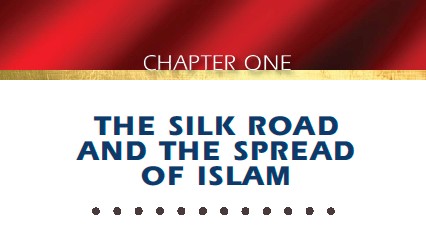
T he Silk Road was a system of commercial trade routes that linked peoples from China to the Mediterranean Sea. It crossed areas that lie in present-day China, Afghanistan, Turkey, Uzbekistan, and the Middle East, with some routes in India, Pakistan, and Mongolia. The Silk Road trade started more than a thousand years before Mansa Musas time. The trade of silk and spices dominated the Silk Road, but many other goods were traded as well, and countless cultural exchanges facilitated the spread of ideas and technologies. Minerals such as gold and silver also were exchanged along the Silk Road. Both overland and sea routes made the trading possible.
Trade routes, such as the Silk Road, helped to establish the path for the spread of Islam and the foundation of the gold trade.
The heyday of the Silk Road had largely passed by the time of Mansa Musas rule in Mali in the fourteenth century. Still, the Silk Road had laid the path for cultural exchange, shared learning, and the expansion of the Islamic faith. It also laid the foundation for the development of the sub-Saharan gold trade.
THE SILK ROAD TURNS TO GOLD
Silk, of course, was the main product traded on the Silk Road. For centuries, the secrets of silk production did not spread beyond the boundaries of China, which meant China was the only source of the worlds silk until around the sixth century CE. This made silk a valuable commodity in distant lands. China opened up trade routes to the West around the second century BCE, and after the first century BCE, the luxurious fabric was in high demand in the Roman Empire. In the West, silk was especially desired for use by royalty or the church. Even after Western lands acquired knowledge of silk production, however, trade of numerous other items continued to flourish along the Silk Road.

